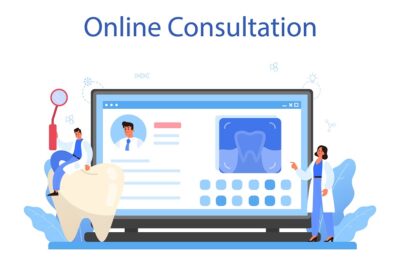Geo-targeted ads target a certain audience. This helps in increasing targeted web traffic. Targeted web traffic is the desired audience who visits a website so that it can solve a problem, answer a question, or offer a product.
They also increase the efficiency of the advertisements. Focusing on a specific region instead of large campaigns will reduce the budget. This allows the advertisements to be more efficient relative to the costs.
Businesses, by concentrating ads on these certain areas, can increase returns. An improvement in the rate of return is owing to the quality of the generated leads, as the lead conversion ratio improves. Seeing their benefits, often they buy targeted web traffic to enhance their marketing efforts.
What is Geo-targeting?
Geo-targeting is the practice of delivering content to a specific region so that the content effectively reaches the specific targeted audience. These help the advertisers to reach a more specific and targeted audience.
It is implemented in many ways such as IP addresses, Wifi, GPS, Mobile Data, Zip codes, and Geo-fencing.
What is Geo-Targeted Marketing?
Geo-Targeted Marketing is a method of marketing wherein the advertisers aim for reaching a specific group of people in a particular region such that the advertisements can cater to a focused audience.
Geo-Targeting works in various steps. Those steps are:
1. Location Identification: This can be done through IP, Wifi, or GPS signals.
2. Targeting Criteria: A targeting criteria must be set for the audience based on the geographic conditions.
3. Ad delivery: When the user reaches the specified location, the relevant ads are delivered to the user. This can be done through online platforms such as search engines, websites, social media, etc.
4. Optimization and Measurement: The advertisers assess the actions of the user like the clicks, choices, and preferences, and optimize their strategies.
Why does Geo-Targeting matter?
Geo-targeting matters as it increases the business’ functional audience by targeting a specific location. This is very important for both businesses and consumers, as the ads become personalized, and quality leads are generated.
This is very often used in e-commerce sites, restaurants, home deliveries, and businesses that are dependent on foot traffic.
Geo-targeting vs Geo-fencing
Geo-targeting: As discussed previously, Geo-targeting is catering content or ads to people of a specific location for effective marketing. IP addresses, Wi-Fi, and GPS are the tools implemented for geo-targeting.
Geo-fencing: Geo-fencing refers to the creation of virtual boundaries around a specific location based on longitudes and latitudes. Whenever someone enters these areas push notifications, advertisements, and other marketing tools are shown to the user. This is used to increase customers’ engagement when they are close to the store.
What are the three types of Geo-targeting?
Location Targeting:
Location targeting refers to targeting based on the real-time location of the audience to cater to relevant ads and content.
Audience Targeting:
Audience targeting refers to targeting based on the audiences’ shopping habits and previously visited locations.
Weather Targeting:
Weather targeting refers to the targeting where the local conditions of a region are used as a means of advertising a product.
How to set up Geo-targeting ads on Google Adwords?
1. Open your google ad account, and click the Campaign icon.
2. Click the campaign drop-down menu in the section menu and click Campaigns.
3. Select the name of the campaign you want to edit.
4. From the page menu on the left-hand side, click settings.
5. Click the dropdown arrow that is next to “Locations”.
6. Select the country and click “Save”.
Geo-targeting tips and practices
Prioritize certain locations.
Key locations based on the local trends and customer demands should be the hotbed for initiating geo-targeted marketing campaigns.
Target local keywords.
Targeting local keywords makes more sense if you are having a local business, which is targeting a specific region’s audience.
Avoid creating competing campaigns.
Competing campaigns often lead to cannibalism – if the audience set targetted is the same for both the campaigns. Eventually, it will lead to cash-burn, thus affecting the bottomline of the organization, overall.









